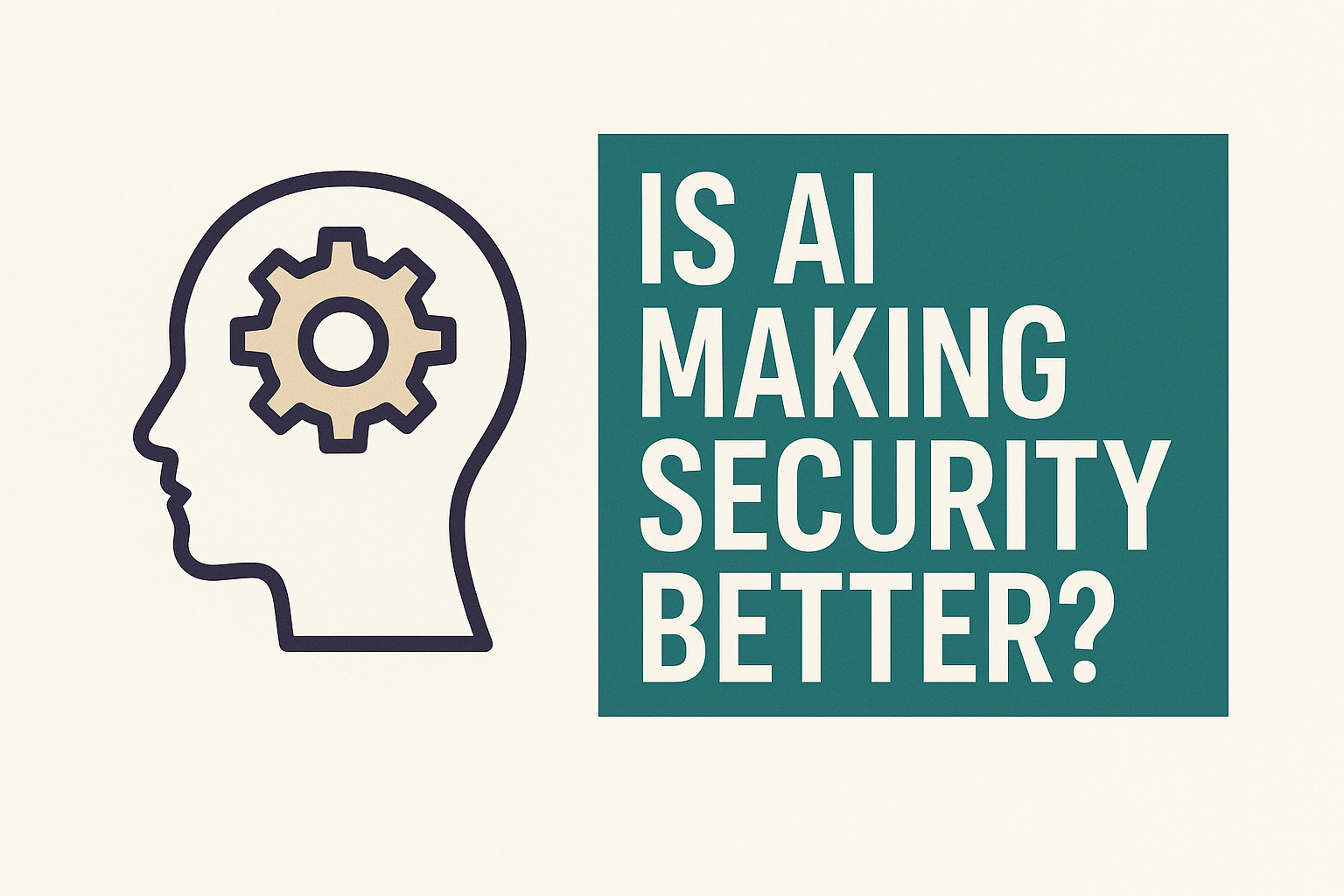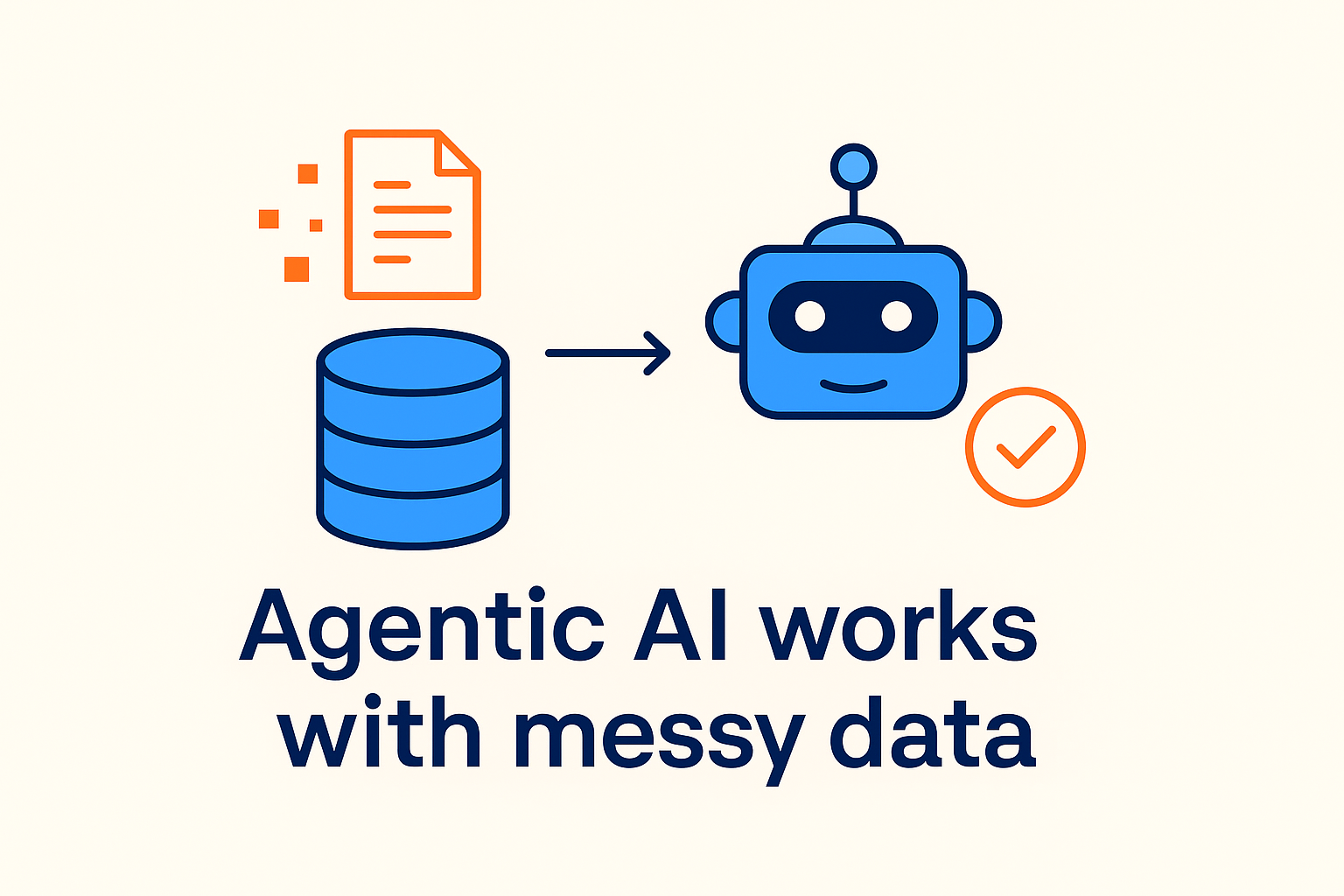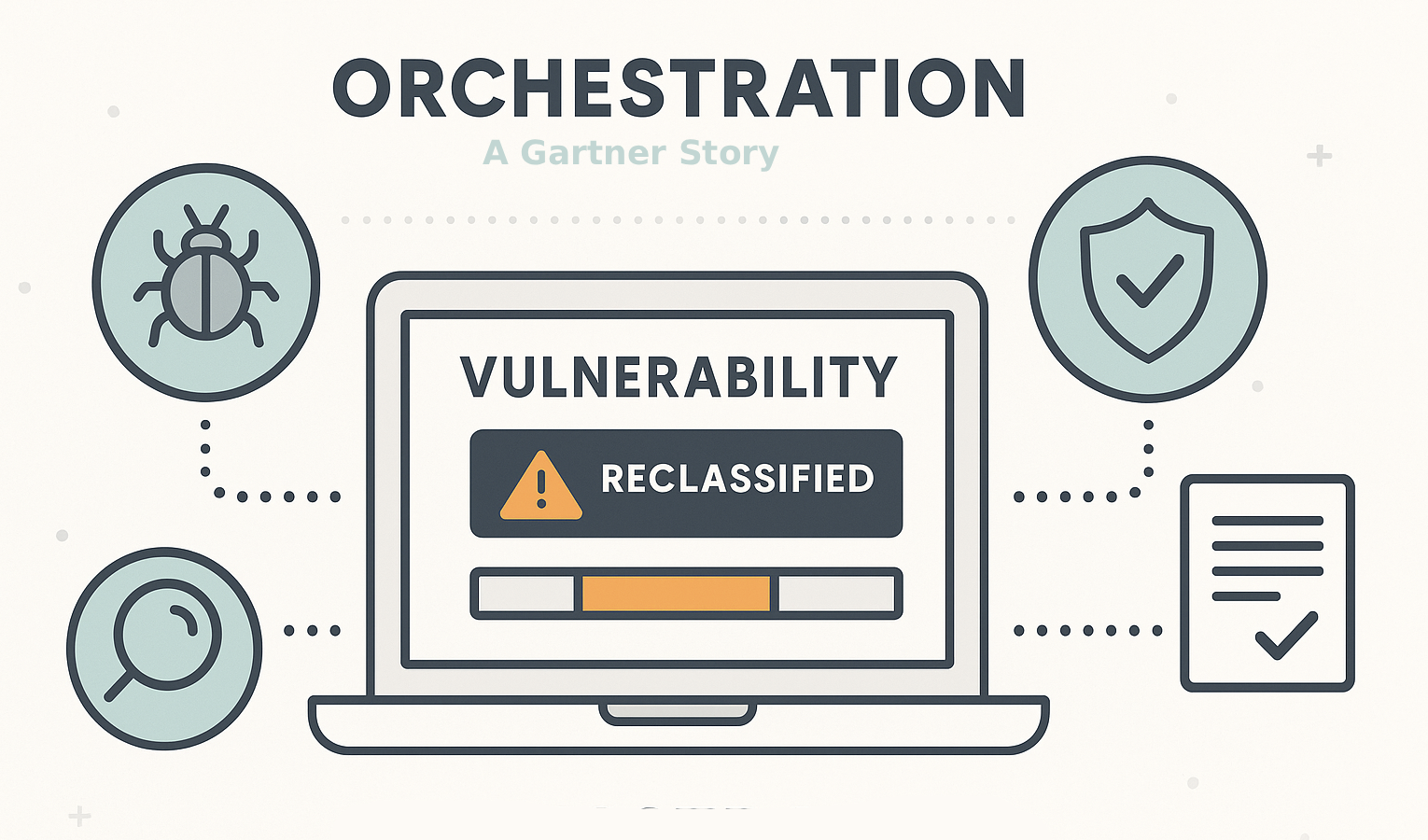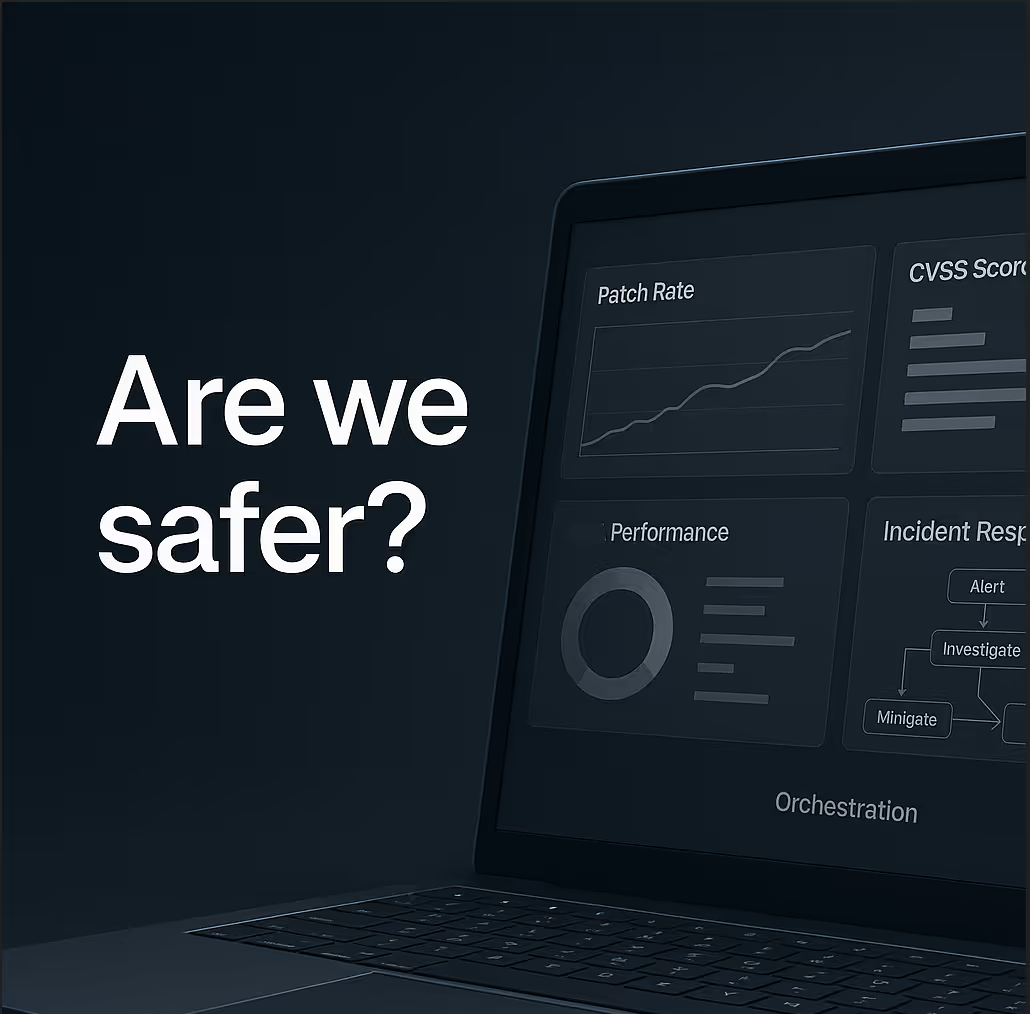The Real Test for AI in Security Operations

Every few years, security teams are told the “next big thing” will finally fix their workload. First, it was “smarter” detection models. Then, bigger datasets. Then, dashboards were stacked with charts to prove it all worked.
But inside the SOC, has anything significant changed? Maybe, but analysts still face queues overflowing with alerts. Vulnerability reports still pile up faster than they can be resolved. And leaders still ask the same question every quarter: Are we actually safer?
That’s why Gartner’s latest Emerging Tech Impact Radar stood out. It recognized Tuskira as a sample vendor in Agentic Remediation and Unified Exposure Management Platforms for making messy, imperfect data actionable today. For us, that validation matters because the future is AI systems that can reason, prioritize, and act.
The Old Pattern
In just the last few years, security has already been through multiple “AI waves.”
Wave 1: Detection AI (pre-GenAI, 2020–2022)
Machine learning promised to find anomalies and score threats better than rules ever could. Instead, SOCs were flooded with even more alerts, and most of them were false positives without the context to determine which ones mattered.
Wave 2: Generative AI Copilots (2023–2024)
The arrival of large language models sparked the development of copilots and dashboards everywhere. They could summarize logs, draft queries, or explain findings in plain English. Helpful, of course, but again, the pile of alerts, vulnerabilities, and tickets didn’t shrink.
The lesson from both waves? Security got more volume, not more value. SOCs were still overwhelmed, context was still scattered across tools, and triage still dragged on.
The New Pattern: Orchestration and Action
Wave 3: Agentic / Orchestration AI (2024–2025)
Now comes something different. Instead of just detecting or describing, these systems reason, plan, and act. They pull data where it lives, stitch context across tools, simulate what an attacker could actually do, and recommend or take action to close the gap.
The difference with agentic AI is execution. These systems work in the same way human analysts already do by pulling data where it lives, filling in gaps, testing what’s truly exploitable, and then acting.
This is what Gartner points to in Agentic Remediation and Unified Exposure Management Platforms. In plain terms, that means two things security teams have been asking for all along:
- Don’t just tell me about another vulnerability, show me if it’s exploitable in my environment.
- Don’t just assign another ticket, fix the gap or tune the control before it escalates.
That’s the difference with agentic AI. These systems cut through the noise by validating exposures, continuously testing attack paths, and then automating the right remediation steps across the stack. They shrink the pile and run attack simulations every day and feed the results back into SIEM, EDR, IAM, or WAF.
The outcome is fewer false positives, faster triage, and attack paths closed before escalation. In short, measurable proof that operations are actually safer.
Why Gartner’s Mention Matters
Which brings us to why Gartner’s mention matters. It’s not about a name-drop, it’s about validating the path we’re on is legit. Security is moving from reactive detection to preemptive defense. From patch rates and CVSS charts to closing exploitable paths.
This latest research highlights where that shift is already playing out. Tuskira was named because we’ve shown that messy, fragmented data can be turned into action right now. No “AI-ready” data project required.
For security leaders, it’s proof that operationalizing agentic AI is possible today, not just a concept for tomorrow.
The Bigger Picture
In just a few years, security has moved through three waves:
- Detection
- Description
- Action
The vendors that matter in this next phase will help security teams see risk, then close it. That’s the bigger picture Gartner validated, and it’s exactly why we’ve built Tuskira.


